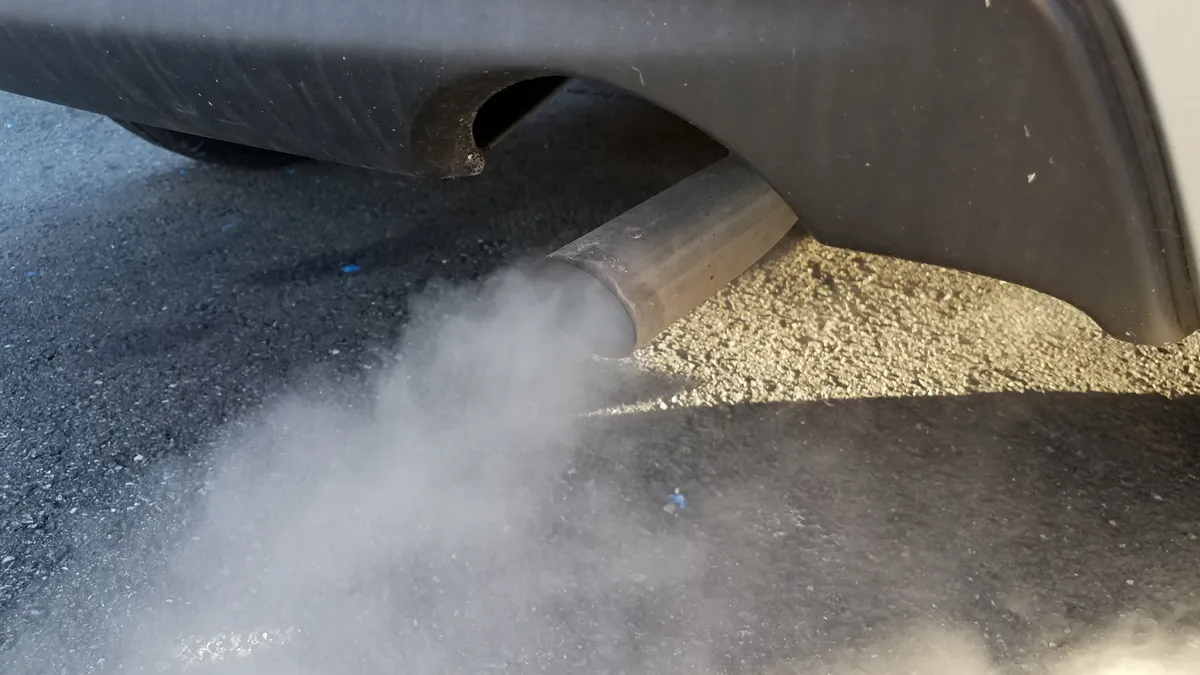Dive Brief:
- The Biden administration approved new vehicle emissions standards for light- and medium-duty vehicles, according to an Environmental Protection Agency press release.
- By 2032, automakers must reduce the greenhouse gas emissions from light-duty vehicles by almost 50% and medium-duty vehicles by 44% compared with 2026.
- The plan has received pushback from farm groups who say it will hurt corn growers’ efforts to expand and profit off of biofuel production.
Dive Insight:
The new rules are part of the Biden administration’s efforts to lower climate pollution and encourage the transition to zero-emission vehicles, especially EVs.
The agency estimates that EVs will account for 30% to 56% of light-duty vehicle sales from model years 2030 to 2032 due, in part, to the stricter emissions standards, according to an EPA fact sheet. Likewise, EVs will make up 20% to 32% of medium-duty vehicle sales from model years 2030 to 2032.
The EPA had initially proposed more aggressive emission reductions from 2027 to 2031. However, the delayed timeline comes after automakers and the United Auto Workers union lobbied against it, arguing that the Biden administration had overestimated EV sales growth and been overly optimistic about decreasing battery costs.
The final rule steadily tightens the requirements, giving automakers more time to ramp up EV sales. However, it doesn’t change the overall timeline for emissions reductions.
The National Corn Growers Association blasted the revised rule for still relying “almost exclusively on the use of electric vehicles.”
“We are deeply concerned and disappointed that EPA has chosen to force a one-size-fits-all solution to reduce greenhouse gas emissions and ignore the readily available solution that biofuels like ethanol bring to the table,” Harold Wolle, NCGA president, said in a statement.
A shift to electric vehicles would lead to major structural loss in demand for growers given that ethanol makes up approximately one-third of corn production. Economists from the University of Nebraska-Lincoln’s Institute of Agriculture and Natural Resources estimated the loss of ethanol markets could lead to a permanent 50% decrease in the price of corn causing the top five corn-producing states.
Still, the revised rule is a welcome relief for automakers navigating the EV transition amid slowing demand.
“Moderating the pace of EV adoption in 2027, 2028, 2029 and 2030 was the right call because it prioritizes more reasonable electrification targets in the next few (very critical) years of the EV transition,” said John Bozzella, president and CEO of the Alliance for Automotive Innovation, in a statement. “It buys some time for more public charging to come online, and the industrial incentives and policies of the Inflation Reduction Act to do their thing.”













